
1000hp Lingenfelter’s LS Crate Engines
We’ve covered a wide range of crate-engine companies in our popular Drivetrain Series, but they tend to favor Blue Oval blocks due to predominance of Cobra replicas in the kit market. Considering all the Corvette Grand Sports in this issue, and the fact that even a few original Cobras were Chevy-powered, we felt it was a good time to spotlight some LS offerings. Besides seeking to be more even-handed in our coverage, we also came across some unprecedented power levels available through Lingenfelter Performance Engineering, as noted in our March/April issue.
Not only that, Mike Copeland, Lingenfelter’s vice president and general manager, pointed out several advantages of using as LS engine instead of a Ford. But don’t assume he’s biased here, as he admits to using a number of Ford engines in personal projects, despite having worked previously at GM as project manager for one-off project cars (which included powering the Superformance Grand Sport featured elsewhere in this issue).
Before digging into some of the advantages of LS power, especially from a packaging standpoint for various kit projects, we should review Lingenfelter’s LS lineup. For nearly 40 years, Lingenfelter has become well known for delivering prodigious engine outputs for high-end, street-driven cars, customizing 1,000-, 1,200- and 1,500-horsepower engines to customers’ exact specifications. What’s now different is that Lingenfelter is expanding its standard crate engine line with a powerful 900hp supercharged engine that’s an off-the-shelf, stocked product. (That’s in addition to the company’s other crate engines, starting with the naturally aspirated 550hp LS3, which is the most popular.)
Prior to the release of the new engine, the upper limit of the company’s supercharged crate engine line topped out at 750 horses. “We have never before offered a crate engine combination with this much horsepower,” notes Copeland. “For this engine, we’ve used a 3.6L Kenne Bell Supercharger, which delivers much more horsepower potential for an engine that’s been engineered to reliably stand up to these power levels.” And this blower is capable of raising the bar even higher, to as much as 1000 horses. Talk about bragging rights!
Of course, not all kit projects need this sort of output, nor will the Kenne Bell blower fit in certain applications, due to the extra two inches of height, and rear-inlet throttle body, as Copeland points out. For smaller engine bays, the company offers a lower-profile Eaton TVS supercharger with a front-entrance throttle body, which is used on engines rated at less than 900 hp.
There’s another aspect to consider when selecting an engine for a project. As the power climbs into the stratosphere, along with boost levels (16 pounds on the 900hp mill) loads on the belt system increase as well. As Copeland points out, “There’s an accessory-drive challenge.” So a dual setup with an 8-rib belt is required on the Kenne Bell blower, requiring as much as two extra inches of room on the front end. Boost levels on the Eaton unit are much lower, in the six- to eight-pound range, so a single six-rib belt is sufficient.
Aside from these guidelines about packaging and accessory drives, what are some reasons to consider an LS over other offerings? “It’s hard to beat an LS enngine,” Copeland says. “It’s all-aluminum, lightweight with crazy power.” As mentioned above, he’s worked with a lot of Ford engines, so he’s not averse to them, but feels the 351W Ford relies on older technology. As for the newer Coyote, he acknowledges that it’s a good engine, but it’s wider than the LS. So all told, Lingenfelter’s LS crate engines provide some extra choices when deciding on the right engine for your project car.

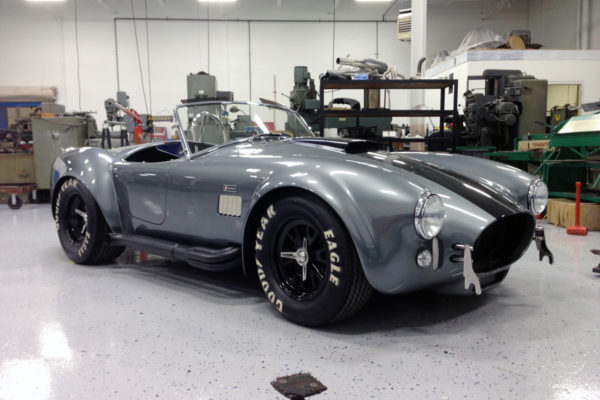
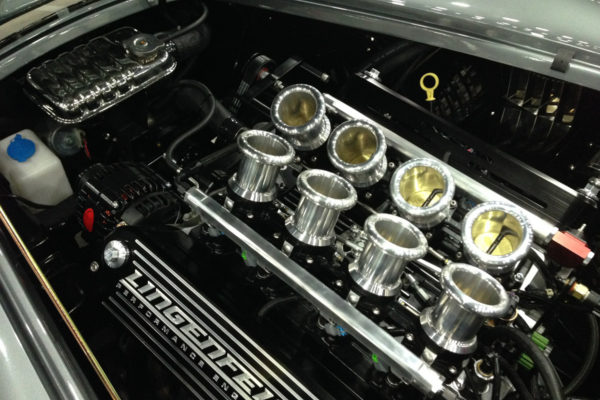
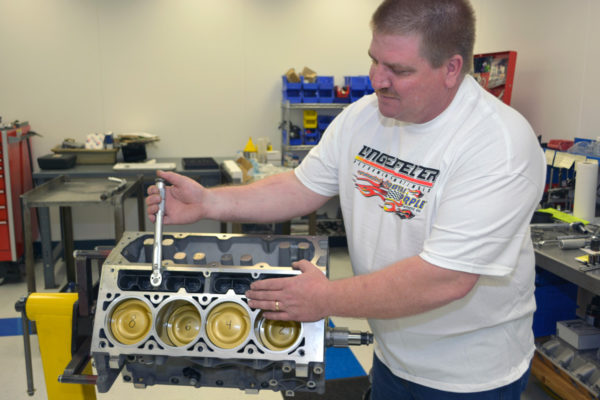
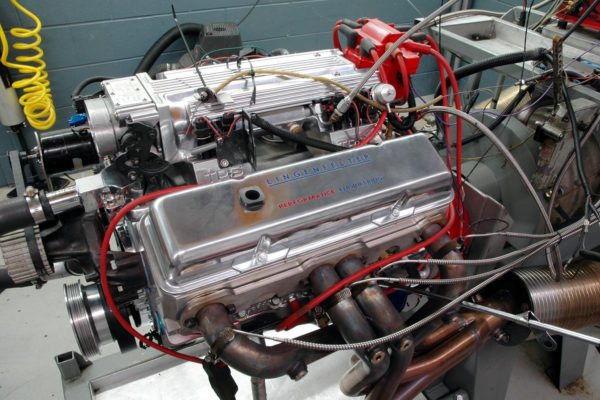
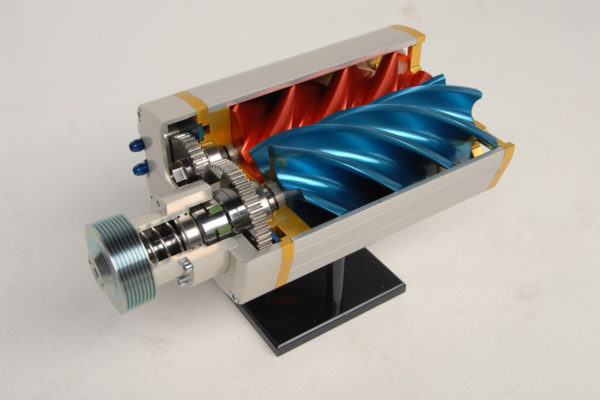
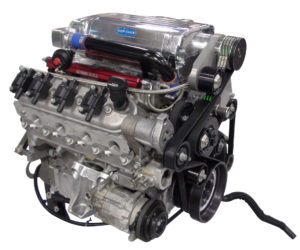
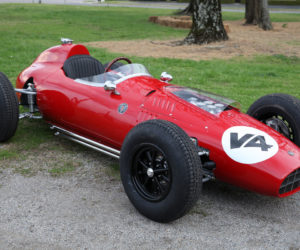
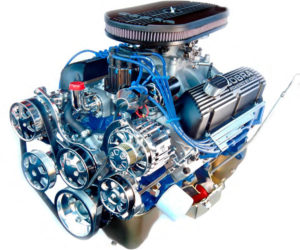
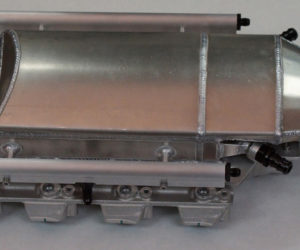
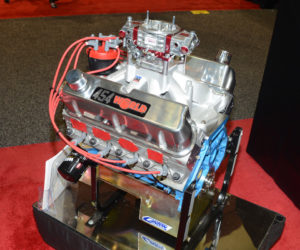
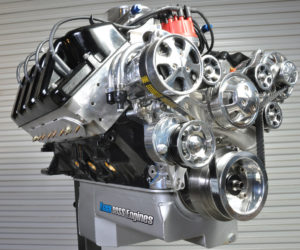




Comments for: BURNIN’ BIG ‘n BAD
comments powered by Disqus